Signal and Image Processing Lab
Digital Signal and Image Processing
Research conducted in this lab includes a wide range of topics in the area digital signal and image processing. Some focus areas include super-resolution enhancement of digital video, medical image processing, image detector nonuniformity correction, atmospheric turbulence modeling and mitigation, and hyperspectral image processing.
Super-resolution
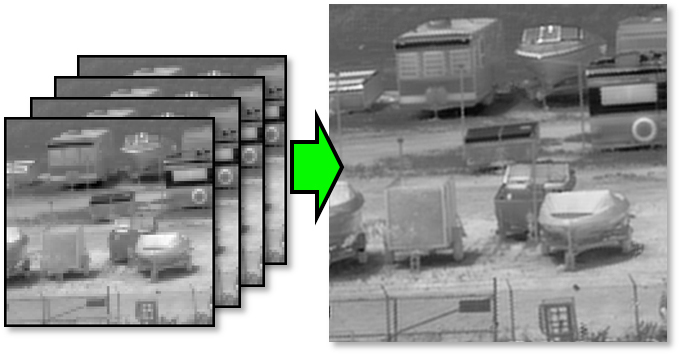
We are developing new methods for improving resolution and reducing aliasing in digital video by exploiting motion between frames. The algorithms use subpixel registration and novel image fusion/restoration techniques to produce “super-resolution” (SR) images from standard resolution input frames.
Computer-aided detection in medical images
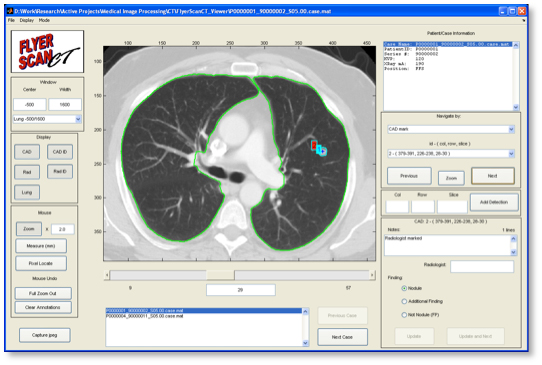
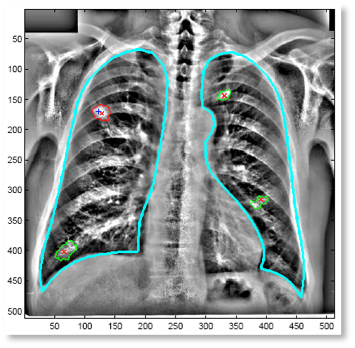
To assist radiologists and improve lung screening, we are developing state-of-the-art computer aided detection (CAD) systems for automatically identifying pulmonary nodules on CT and chest radiographs. We also have new algorithms for automated nodule segmentation and volume estimation. We refer to our CT CAD system as FlyerScan CT. We also have FlyerScan CXR for detecting lung nodules in chest x-ray images. FlyerScan CT has demonstrated world-class performance in the ANODE 2009 CAD competition.
Scene-based nonuniformity correction
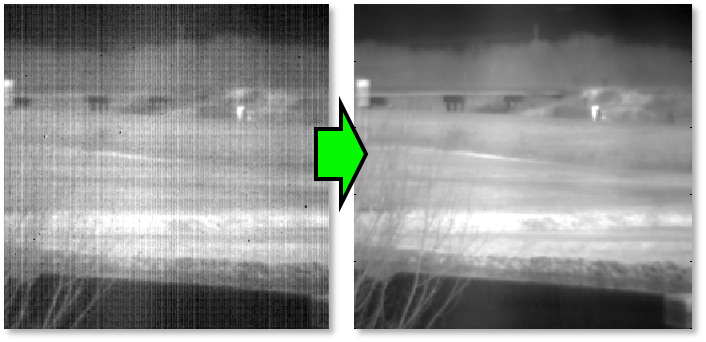
We have developed a number of algorithms for infrared focal plane arrays to correct for the nonuniformity in the photoresponses of the individual detectors. These methods operate with normal scene information, and do not rely on calibration sources.
Atmospheric turbulence mitigation
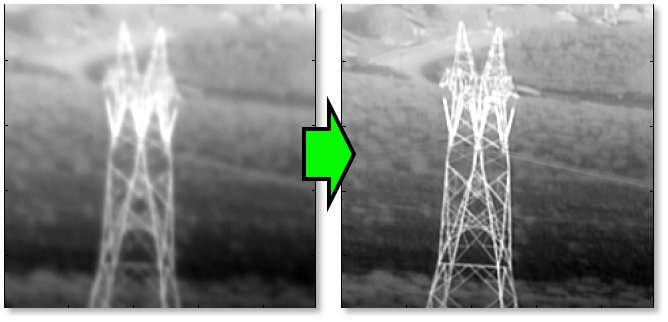
We are working with researchers in industry at L-3 Cincinnati Electronics to develop novel restoration methods to address degradations caused by atmospheric turbulence in terrestrial imaging. The degradations include severe geometric distortion and blurring.
Hyperspectral image processing
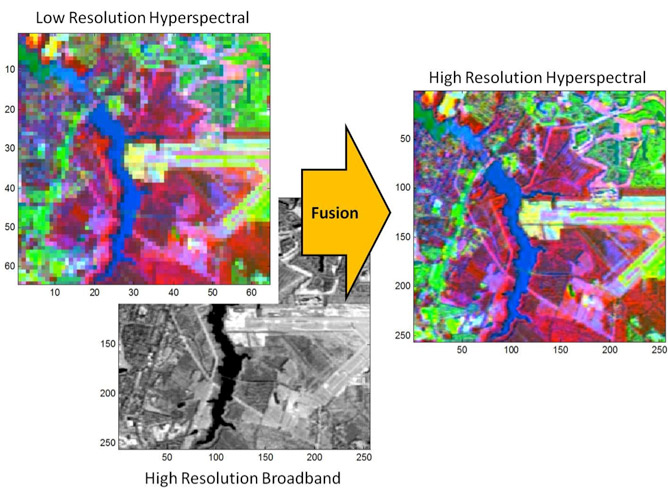
We have developed a novel statistical estimation framework for estimating the underlying high spatial-resolution hyperspectral scene using the observed low-resolution hyperspectral data and a correlated (and co-registered) high-resolution image from another sensor. We are also studying novel anomaly detection and change detection algorithms.
